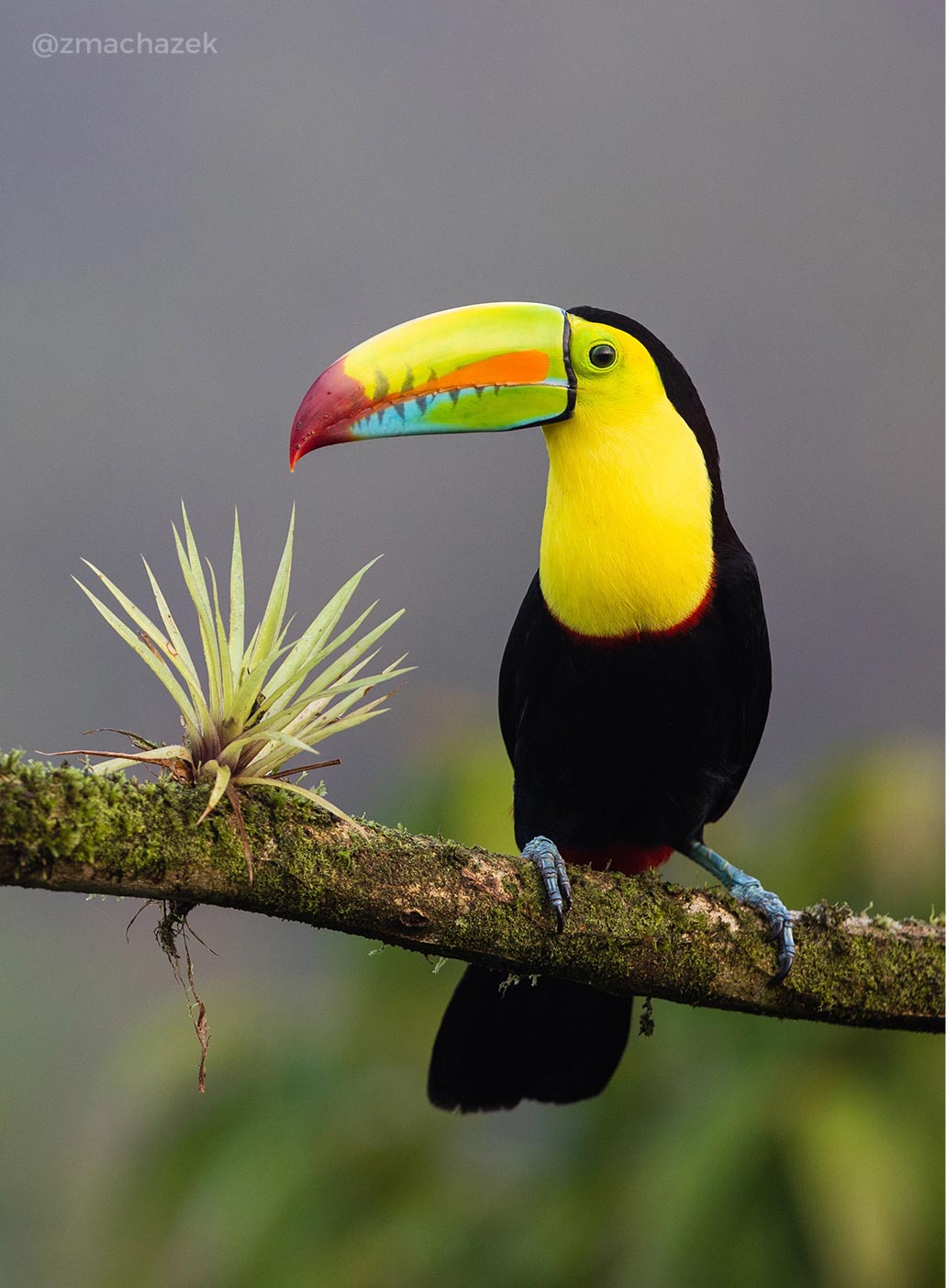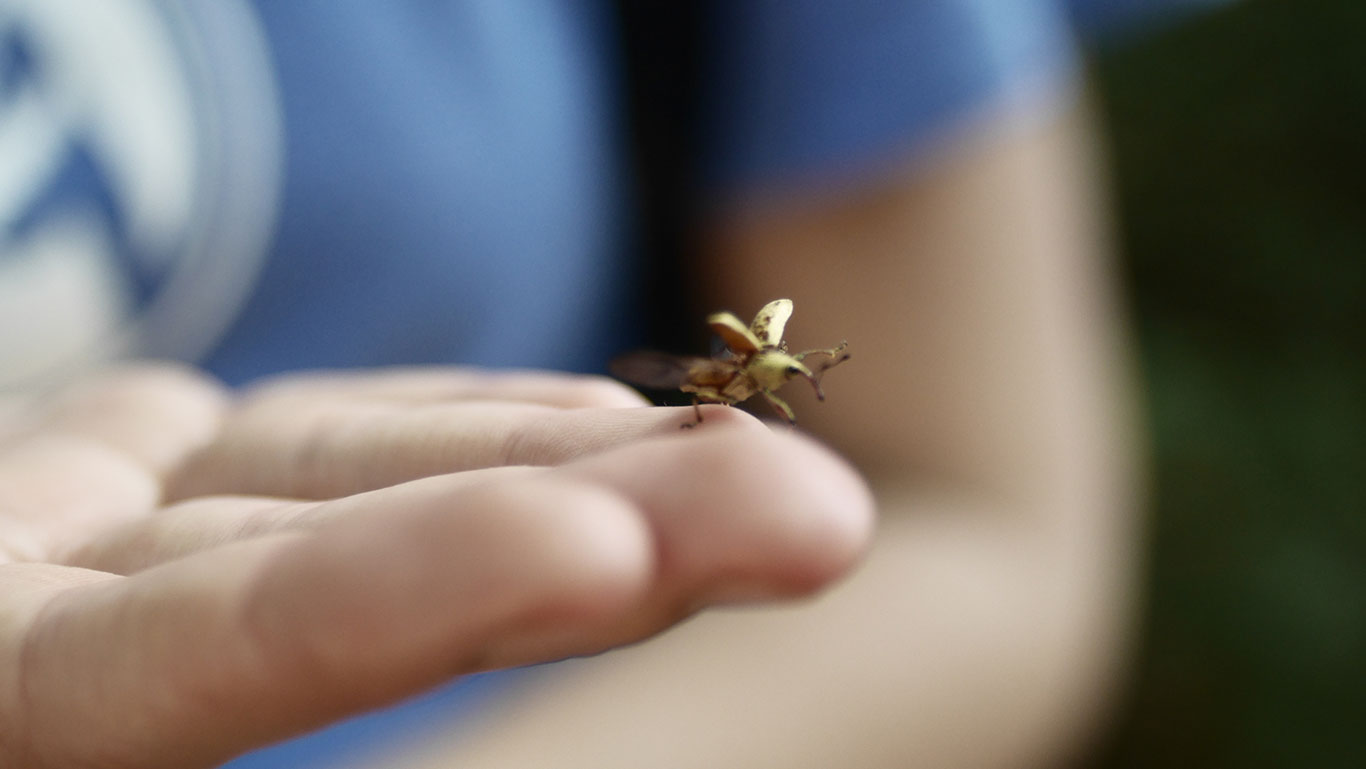
“Pura Vida” most important meaning.
In Costa Rica, the expression “Pura Vida” has such a broad and deep meaning that it is difficult to explain it in a few words. It represents many things at once, such as the satisfaction of being happy in a simple way, feeling good, as well as being a phrase used for wishing well-being to others. However, among all of its meanings, there is one that corresponds closely to its literal definition: Allude to a place filled with life, a lot of life.
Possibly, this approach to its meaning is the most important and determining for all the other implications that this particular expression covers.
P U R A I N S P I R A T I O N
Even though Costa Rica is a relatively small country (51,000 km2), there are more than 500,000 different species, which is equivalent to more than 5% of the planet’s biodiversity. To understand the magnitude of these quantities, in the following image, just some examples:
“500,000 different species, which is
equivalent to more than 5%
of the planet’s biodiversity”
These figures are in no way definitive, as new species are continually being registered. For example, of a recent discovery. A butterfly found in the Guanacaste Conservation Area; Philtronoma cbdora (Depressariidae). This increase coexists with the decrease in species caused by Climate Change.
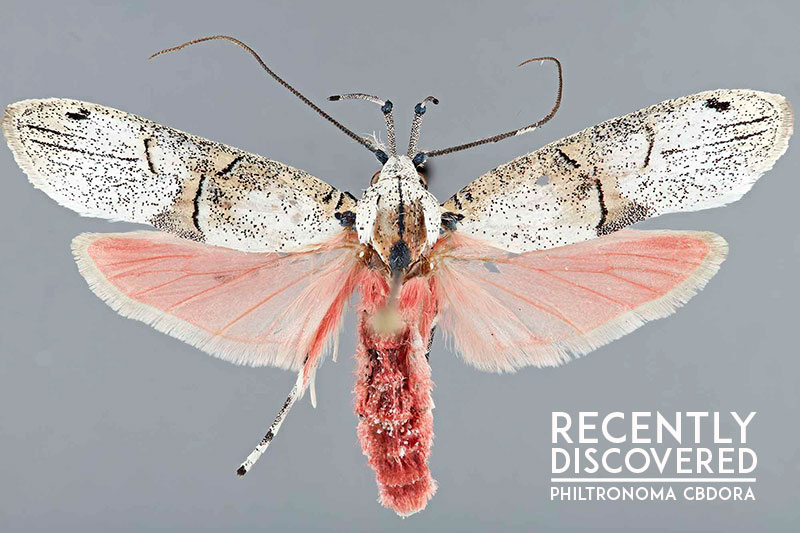
Philtronoma cbdora, an a moth specie recently discovered.
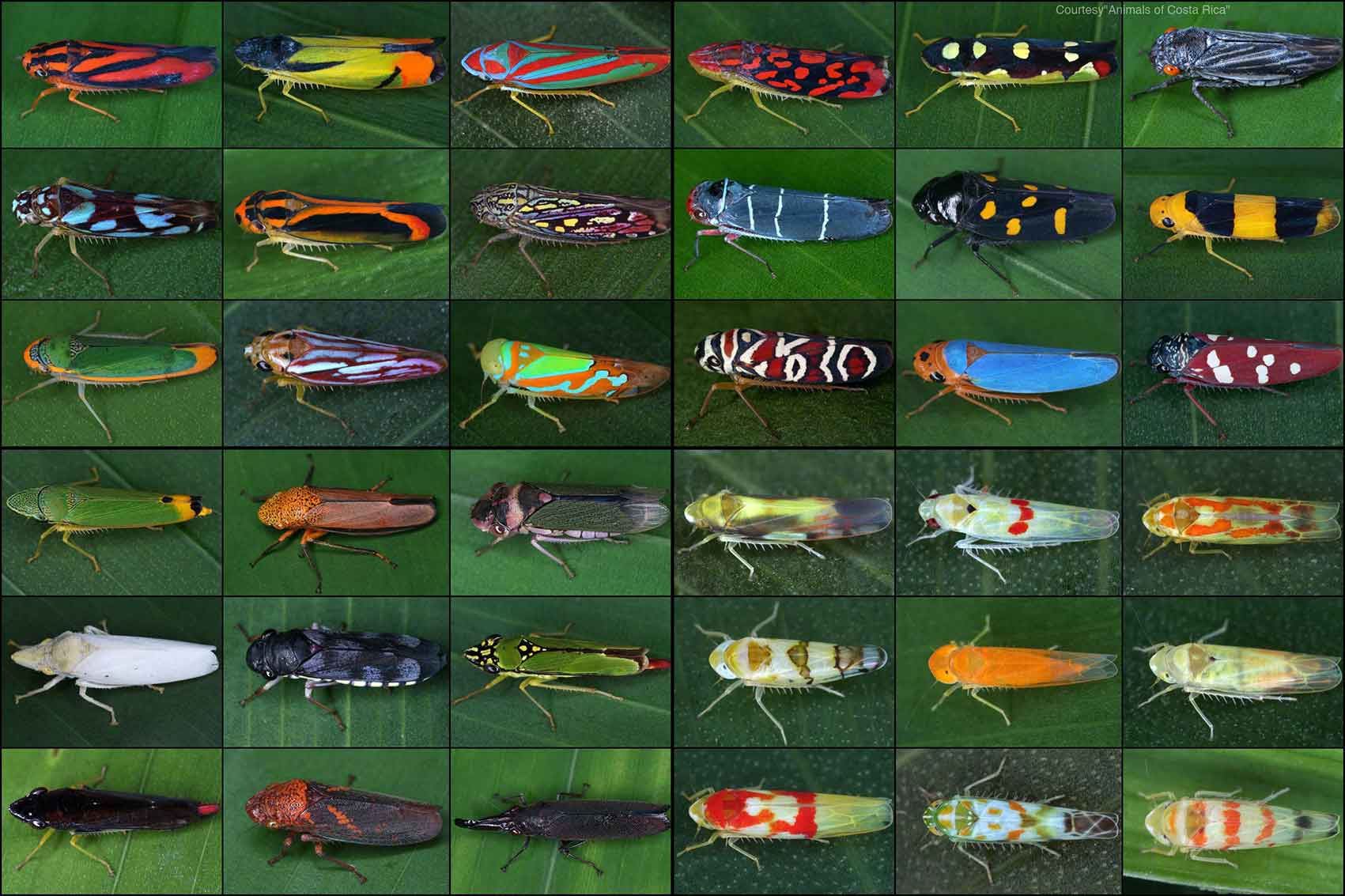 Leafhoppers and planthoppers are incredibly diverse in insect families. Photo courtesy of the Animals app of Costa Rica.
Leafhoppers and planthoppers are incredibly diverse in insect families. Photo courtesy of the Animals app of Costa Rica.
Reasons for so much “Pura Vida”
This great abundance of life is due to the number of different ecosystems: Wetlands, Mangroves, Dry Tropical Forests, Humid Tropical Forests, Cloud Forests, Reefs, to name a few.
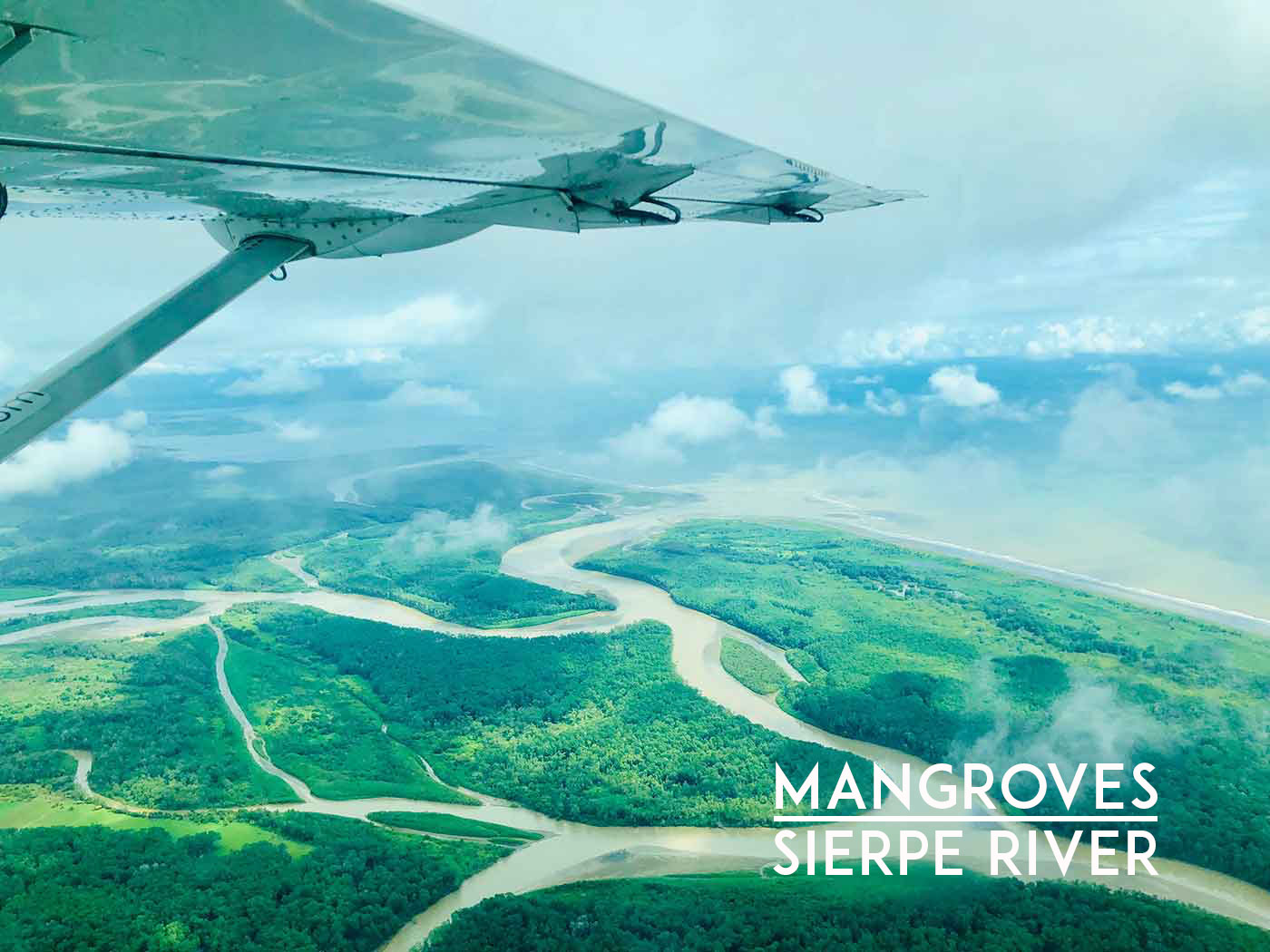
Aerial photograph of the Sierpe River and its mangroves in the Drake Bay area. Unsplash photography.
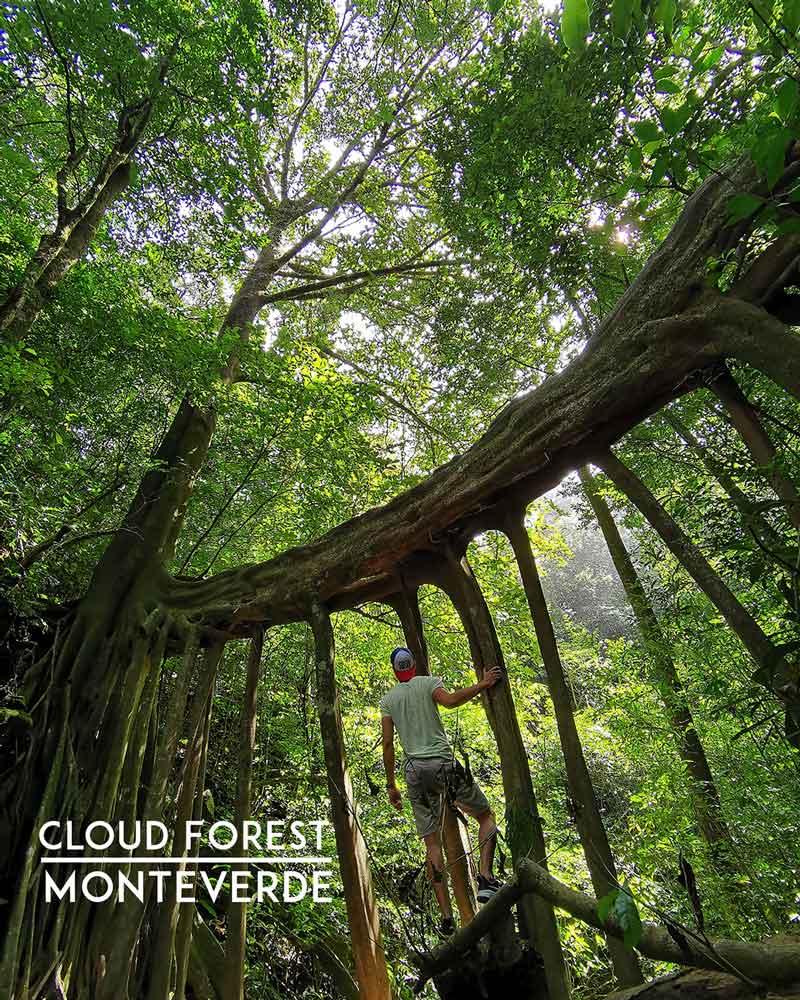
“Between 1950 and 1980,
Costa Rica lost a significant
part of its forests”
Between 1950 and 1980, Costa Rica lost a significant part of its forests (at a rate of approximately 50,000 ha / year), a trend that was reversed in the late 1980s. The response of the government and civil society was the creation of Protected Wild Areas. The basis for all these changes, and for the laws and decrees that later allowed regulating the use of natural capital, was the Organic Law of the National Institute of Tourism in 1955.
Biodiversity, a “treasure” that contains ideas and solutions for future challenges.
All this nature is a capital in different aspects, we are very little conscious about some of them. One of these values is related to what each of these species hide in chemical, mechanical, or physical terms. It is similar to having a “chest” full of thousands of instructions, which could help solve many of the unknowns that we have today, or that we will have in the future. Biomimetics or biomimicry is a science that generates more attention every day. This science studies mechanical systems models, or chemical processes that are present in nature and then apply them in the production of materials, medicines, machines, etc.
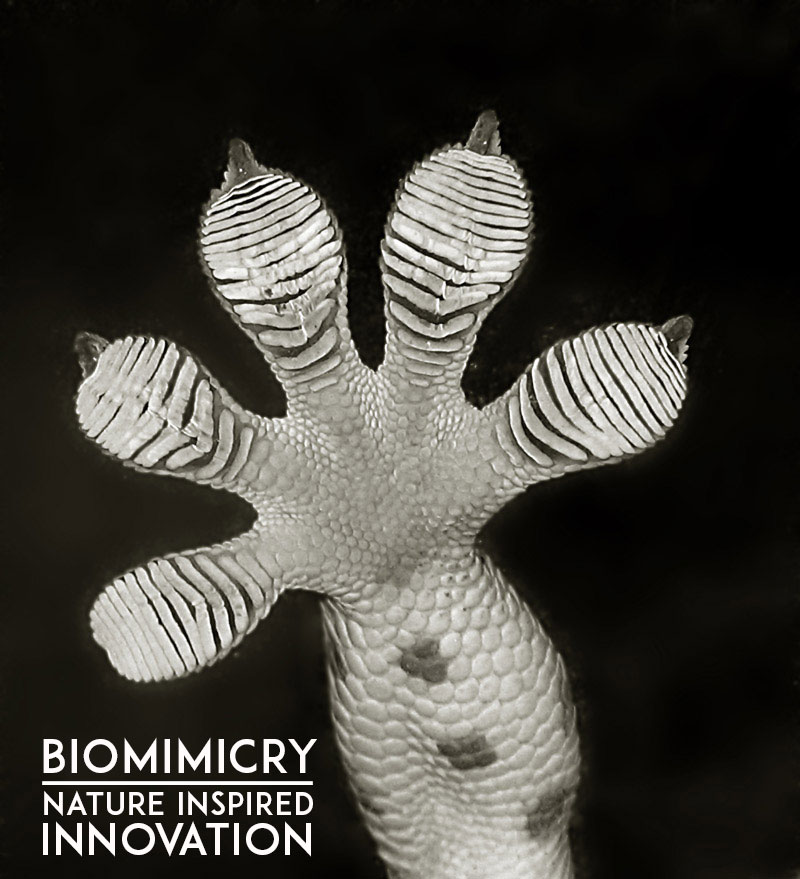
“This is accomplished
by taking inspiration in systems models (mechanics)
or in processes (chemistry),
or in element that are in nature. “
A specific example of how nature provides solutions, and particularly in the area of environmental microbiology, is Selvamicina, an antibiotic born from the cooperation of researchers from the University of Costa Rica, and Harvard University. It is a medicine capable of fighting a type of fungus, and was a result of the study of Zompopas ants.
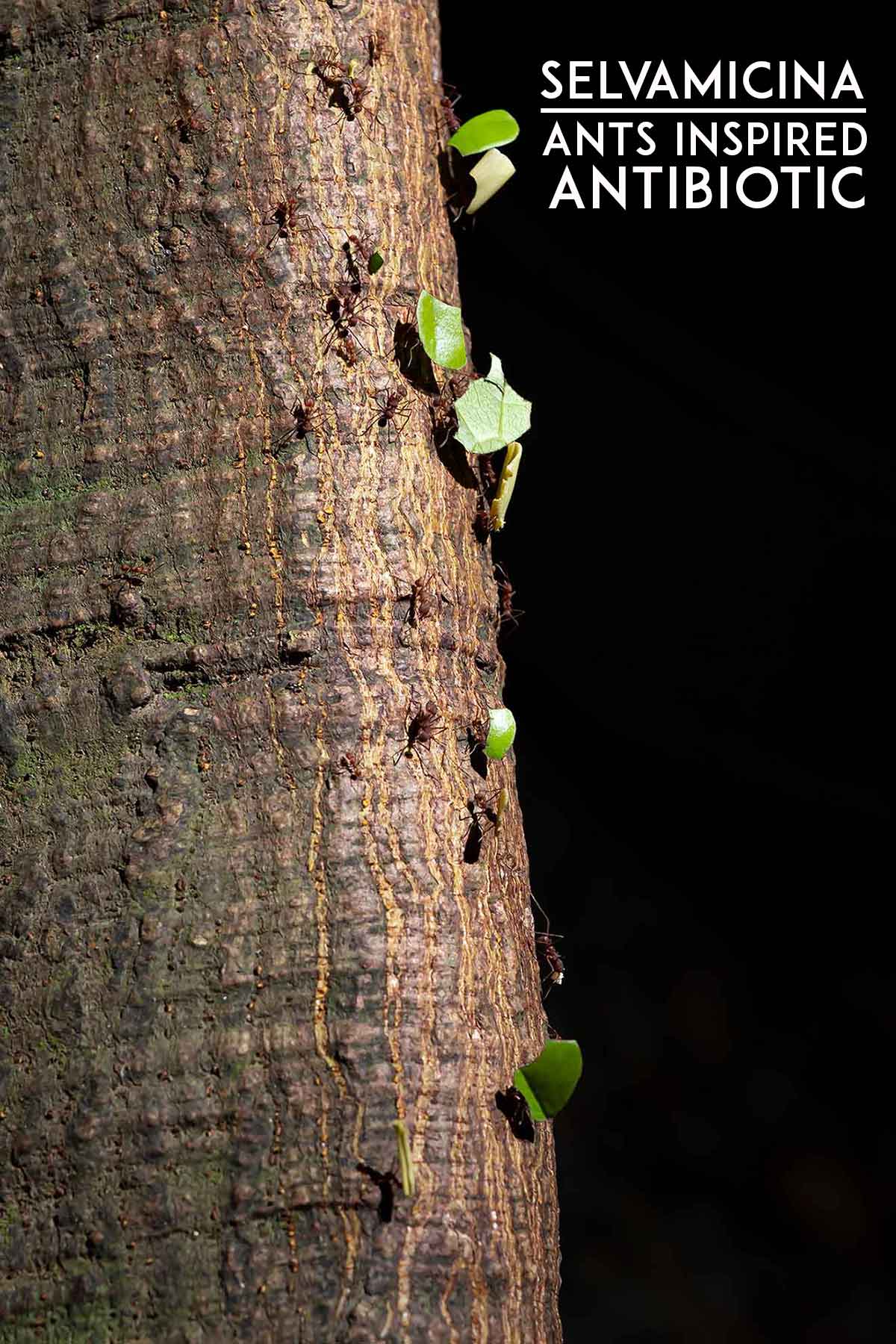
Threats for a “full of life” place.
It is necessary to emphasize that the fight for conservation in Costa Rica is not a past issue, but very much of the present. Today, work continues against fires, illegal deforestation, species trafficking, hunting, the uncontrolled use of agrochemicals, the advance of the agricultural frontier, human settlements without planning, in addition to climate change.
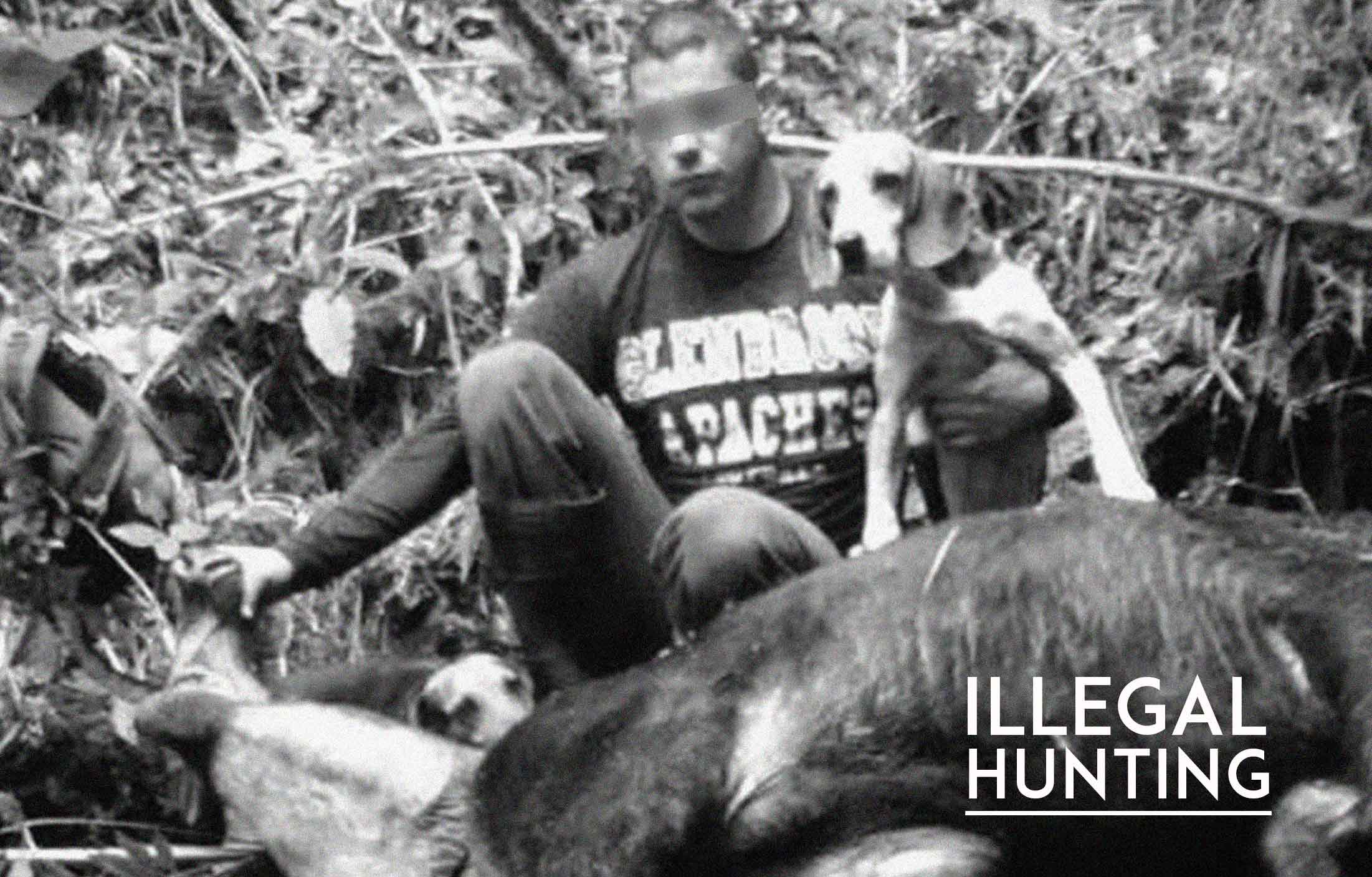
This selfie portrays the death of a tapir, consecuence of illegal hunting. Macizo Cerro de la Muerte, Costa Rica.
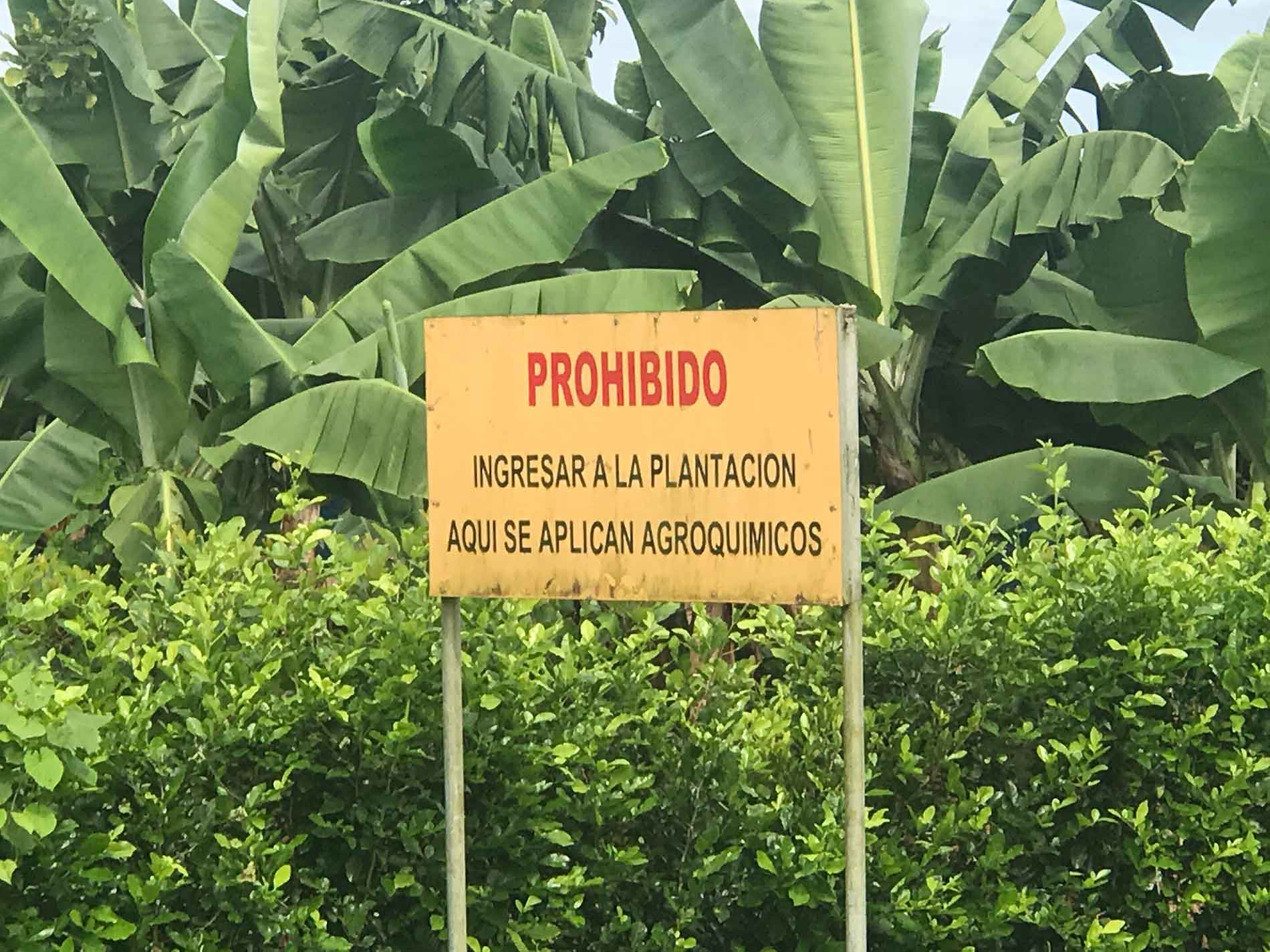
It is paradoxical that Costa Rica, being one of the highest biodiversity countries, is also one of the more significant users of agrochemicals. In 2011 according to the FAO was number 1 globally with 51 kg per hectare. A country of such dimensions and richness in its ecosystems needs to migrate from production focused on volume and low price, towards one of added value. These pesticides not only affect harmful insects that destroy crops, but all others.
Costa Rica, an excellent place to show that it is possible to take care of these areas.
Ecosystems of this type in the world, so rich in biological diversity, are “in retreat.” They must be protected. Together this forest have a vital role in the functioning of the climate at a global level.They also contain many of the keys to solving challenges that we do not yet know. On the other hand, they are a reference for what “life” means at its best. We and future generations deserve to be able to enjoy them.
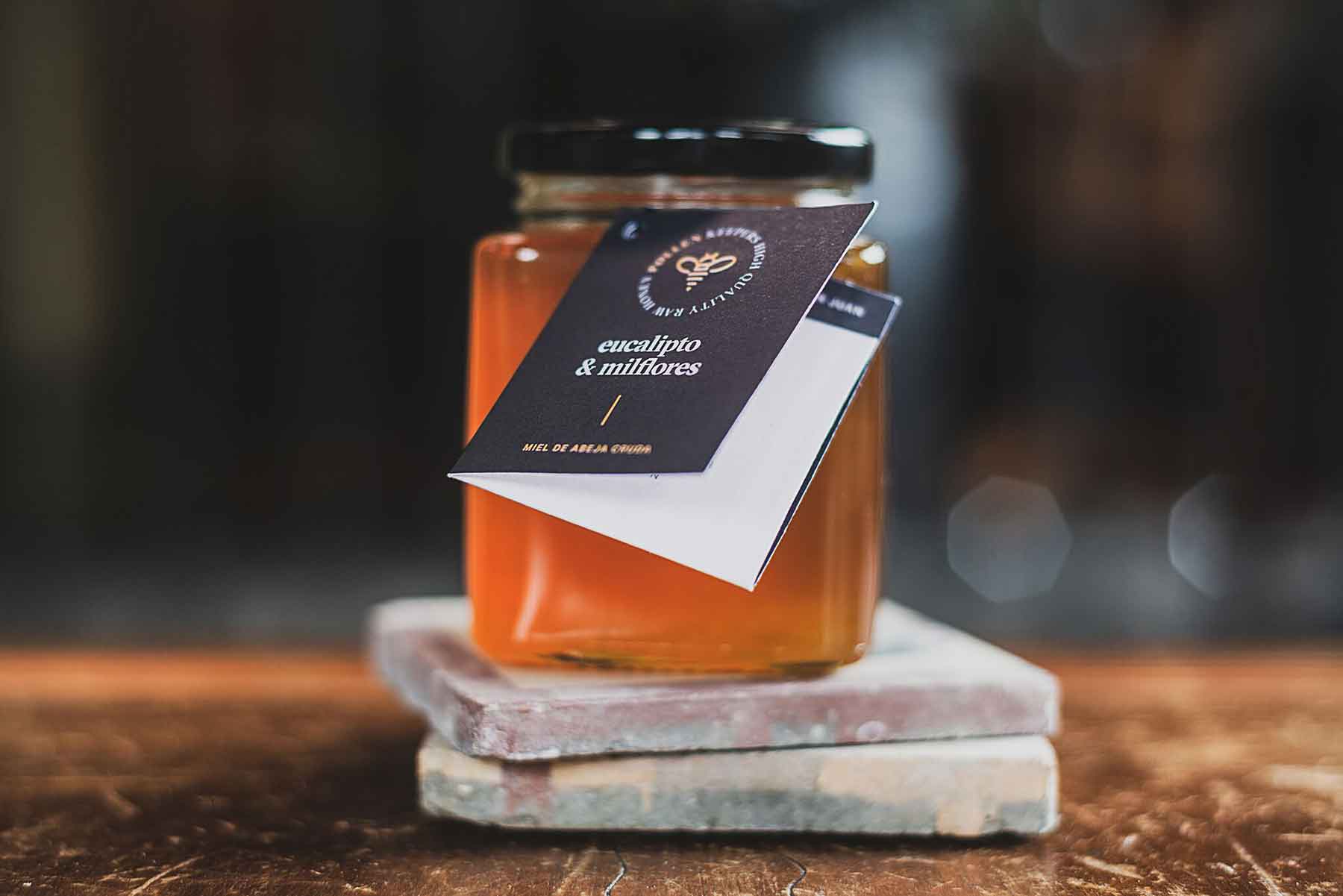
Honey is a product where natural cycles add up to an essential part of the process. Companies like Pollen Keepers guarantee the traceability of the product on each of their labels.
Until now, most of the international battles to protect these spaces have had negative results. We have in Costa Rica the opportunity to demonstrate that it is easier to generate prosperity from conservation and not from its destruction.
“The way “to viralize” conservation
is to demonstrate that it produces prosperity
and that it can be a tool to combat poverty”
The way “to viralize” conservation is to demonstrate that it produces prosperity and that it can be a tool to combat poverty. For now, even for Costa Rica, it remains a challenge, but we firmly believe hat it is possible to achieve it.
If you visit Costa Rica, do not come in search of luxuries, rather choose simple places committed to the environment and respect the species that live in them. Come enjoy a site full of life, of course, a very “Pura Vida” place.
Would you like to get more Pura Inspiration?
Thanks For Subscribing
Pura Vida!

